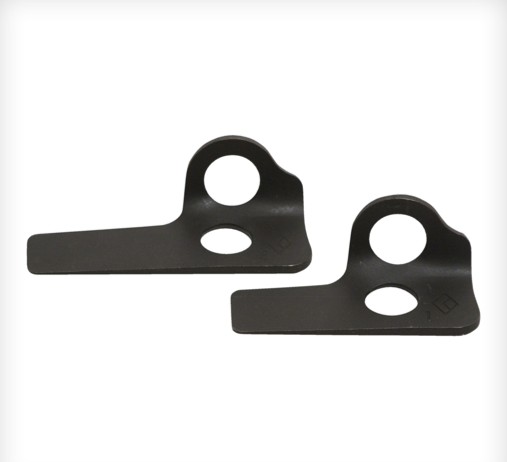Black Diamond Knifeblade Review
Our Verdict
Our Analysis and Test Results
Likes
Black Diamond Knifeblades are versatile. They work under roofs and in horizontal cracks where Tomahawks and Peckers are not as effective. They are great for expanding flakes because they have a lot of surface area. Once they get beat up a little they can actually work even better in expanding cracks. Knifeblades are great for piton stacks, especially when placed behind a Black Diamond Angle. Piton stacking is a bit of a lost art but still gets you through tricky sections here and there.
Dislikes
Most traditional Knifeblade placements are now better served by the Moses Tomahawk or Black Diamond Pecker. The Tomahawk has a hooking action that the Knifeblade does not. This means that in most placements the Tomahawk or Pecker is more secure and can even be hand placed. Peckers are especially better in the larger sizes in sandstone. In general, you have to pound on Knifeblades harder than Peckers to get them to feel secure. This means they are often more destructive to the rock to clean. Knifeblades are generally the least durable piton. They bend easily, especially at the tip.
Best Application
Knifeblades excel on horizontal cracks and under roofs. While there are many sizes, the #2 an #3 are used 90 percent of the time. The #1 is very uncommon. I probably have placed less than 20 in my life.
Value
These pitons are not cheap but you usually only need a few of them.


